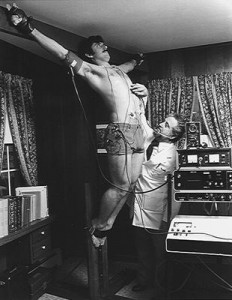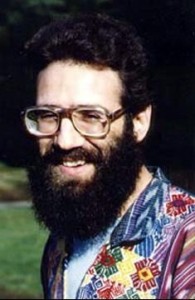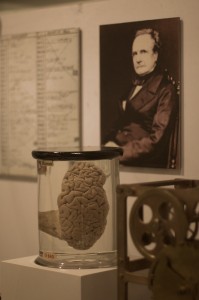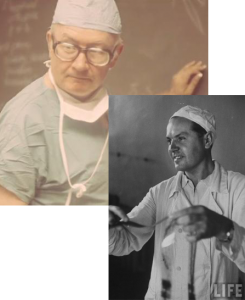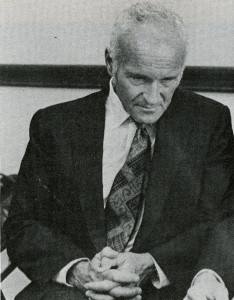Remember the good old days of Soviet-American warfare? It seemed the only thing we had to worry about in those days was imminent nuclear annihilation. Back then, a nickel could buy you enough purified ricin to fill a poison-tipped umbrella. And when the KGB broke into your home and snuck a listening device into your clock, you could be damn sure there was a real human on the other end of the line, making note of your every utterance. You know, maybe it had something to do with the time-perception altering effects of psychochemical warfare, but life back then just seemed to move a little slower.
The Cold War is long over, and along with it the greatest flourishing of mad-scientific thought since the Dark Ages. But there are still some, like Estonian-born technocrat Anton Vaino, who keep the flame alive. By day, Vaino is Vladimir Putin’s new chief of staff, in charge of the daily schedule of one of the world’s most powerful men. By night, Vaino is the co-inventor of the nooscope, “the first device of its kind that allows for the study of humanity’s collective mind”—a tool so powerful it can, by Vaino’s own admission, see into the future.1 Continue reading



